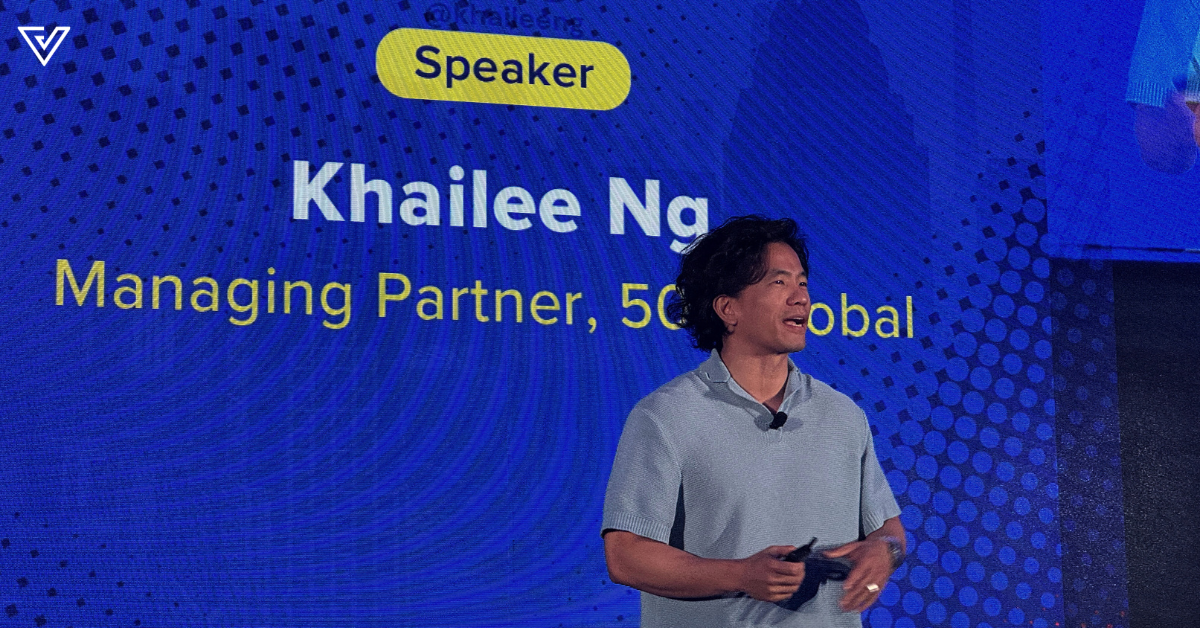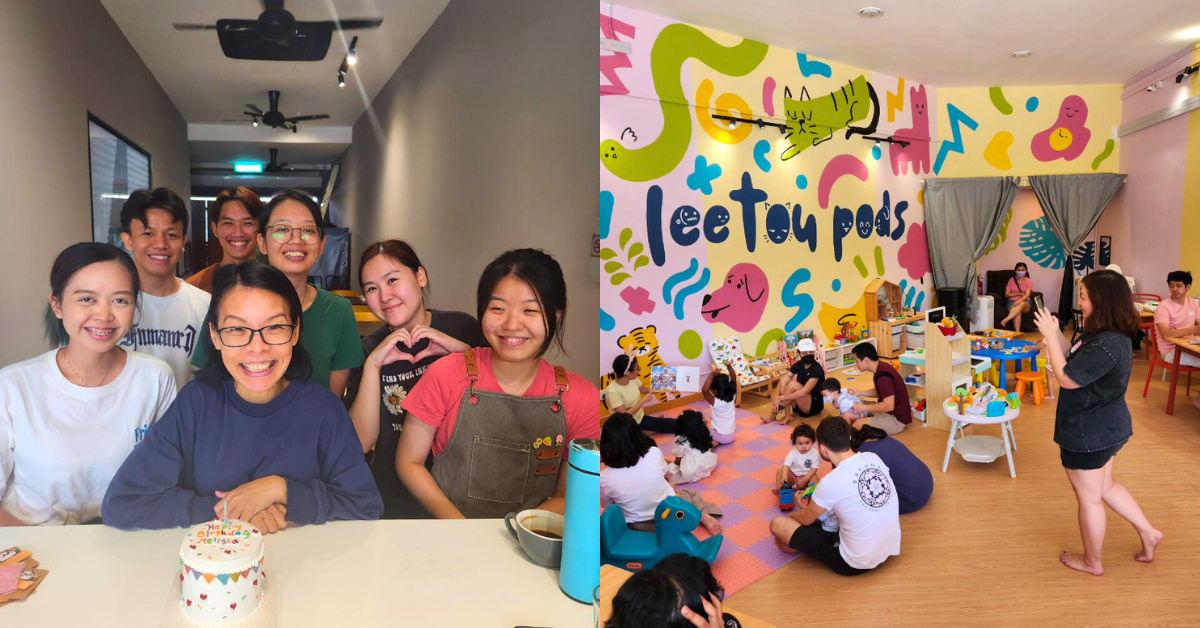[Written in partnership with MaGIC, but the editorial team had full control over the content.]
I’ve dabbled in a few forms of arts and crafts like water colouring, calligraphy, and knitting by watching tutorials online. While I’ve looked up local workshops to hone my skills, they were rather pricey at RM300+ for material costs and the 2 to 3-hour classes.
This is where CRAFT La Edu CEO and co-founder Paul Chan saw an opportunity to lower the barrier of entry by offering online workshops which can cost as low as RM29.90. The site presents an affordable option for both hobbyists and artists, as the latter can omit the cost of event spaces and art supplies for their students.
It’s how CRAFT La—a localised Etsy founded in 2017—has expanded its business, and these online courses have since become the startup’s biggest source of revenue.
From selling products to classes
CRAFT La initially started out as a marketplace for artisans to sell their products to a Malaysian market, a model that was able to generate significant profit at the time, Paul shared.
Though this model worked, it had its shortcomings. One example was the low production output from artists since they were handmaking the products, leading to lower sales. “So we started to generate income from [classes] as well where we can provide high-quality content to all our users,” he added. Thus, CRAFT La Edu was officially launched in February 2019.

As mentioned earlier, the bulk of CRAFT La’s revenue today comes from the workshops. The platform monetises by keeping a 40% cut for student enrolment via CRAFT La, while instructors keep the remaining 60%. If the instructors market the courses on their own platforms, they’ll take 75% of the commission fee while CRAFT La gets a 25% cut.
“To be specific, 90% of our revenue comes from selling the online workshops and 10% comes from the material kits that are bought by customers,” Paul told Vulcan Post.
Riding the e-learning wave
Stuck at home, I presumed Malaysians were more open to trying out new hobbies in the arts, if the baking trend during 2020’s MCO was any indication. Paul confirmed my assumptions, sharing that they saw 8 times more signups on CRAFT La Edu within the last year compared to pre-pandemic. “That’s 800 to 1,000 students enrolling with us per month,” he stated.
The team at CRAFT La was equipped for the spike in traffic on their e-learning platform, as they’ve already been building the page and its courses throughout the years prior to the pandemic.
All workshops on CRAFT La Edu are pre-recorded. That way, students can learn at their own pace by pausing and rewinding. The con here, however, is in clarifying questions with your instructors when doubts come up.

This is where CRAFT La’s community-based site helps to overcome that. If learners have any queries, they can leave them in the comment section of the workshop so other students who’ve faced a similar issue can see and help out.
It’s a useful method that fosters discussion amongst other learners, rather than getting straight answers from the instructor. If it’s a question that’s never been asked before and no one else in the community has faced such an issue though, having to wait for your instructor’s answer is less convenient.
Perhaps this is one advantage physical workshops still hold over online ones, since attendance is typically in smaller batches, and instructors can address your problem in a way that benefits the whole cohort. But for the costs that you save with CRAFT La’s online classes, getting delayed responses to a question is a small sacrifice.
The closest alternative to recreating more interactive classes virtually would be in the form of live streams, which CRAFT La also offered during the MCOs.
Capturing a bigger market
One benefit instructors have when partnering with CRAFT La is in how it leaves artists to do what they do best—working on their craft. So when it comes to the video courses, production teams are actually sent to the artists’ locations to film them after they’ve been vetted for their skills and course outlines.
During the MCO, CRAFT La wasn’t able to record new workshops that had been scheduled prior. It left customers confused about the delay in new content, questioning what would happen after they paid the fees.
Adamant on staying connected with their artists and students, CRAFT La turned to hosting live streams for Q&A and crafting sessions, which cleared the air until they could film again.

Looking at CRAFT La’s site, you’d also notice that it’s primarily hosted in Mandarin, which poses a language barrier and could be a challenge in expanding its reach to a wider range of customers (Malaysians and internationally).
Hence, Paul shared that CRAFT La will be using the funds of RM1.1 million from its recent equity crowdfunding (ECF) campaign to release more classes in multiple languages. The team is also working on translating the existing content so students can switch between languages as they please.
“With that being said, in our last quarter of 2021, we are expanding to fill the void of the Malay market in online creative learning,” added Paul. He also shared that CRAFT La will soon be collaborating with the government in educational projects as well as providing team building and corporate training programmes.
“In order to achieve all of the above, we would first have to expand ourselves by launching 6 to 7 new courses every month to allow more choices,” he said.
Already boasting a minority of international customers from Singapore, CRAFT La hopes to expand to the Philippines, Indonesia, Vietnam, and the rest of the SEA region in the next 3 years.
Helping the team with this effort is MaGIC, who’s been guiding CRAFT La since 2018. Currently, the startup is undergoing the virtual Global Accelerator Programme (GAP) as part of Cohort 5.
Paul shared his experience with the programme thus far, stating that they’ve been able to improve systematically as well as see a larger and clearer picture of the company’s growth.
He explained, “It’s helped me to see the growth of the organisation in the next 3 years as we aim to become the largest creative e-learning platform in the Southeast Asia region.”
Featured Image Credit: Paul Chan, CEO and co-founder of CRAFT La









